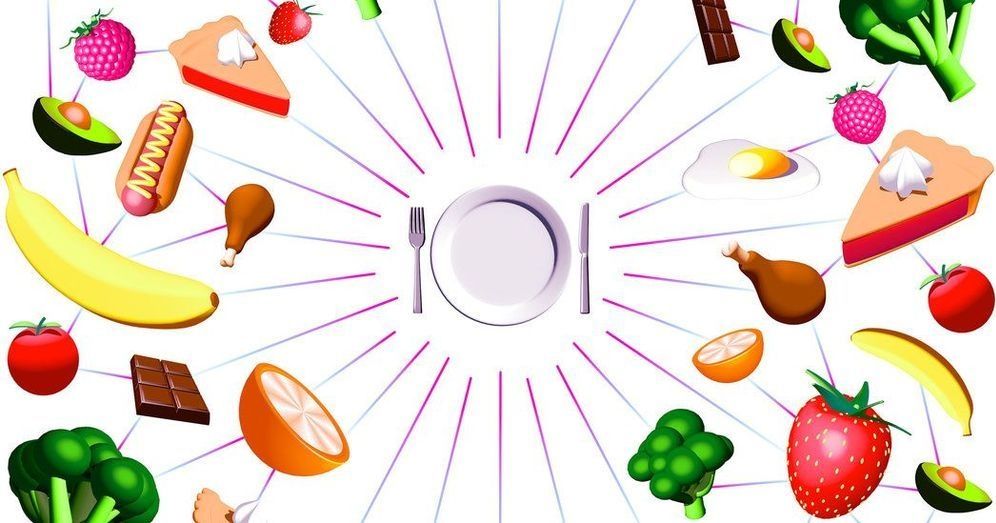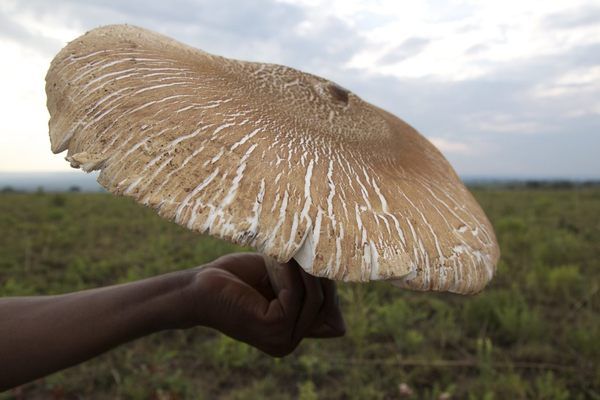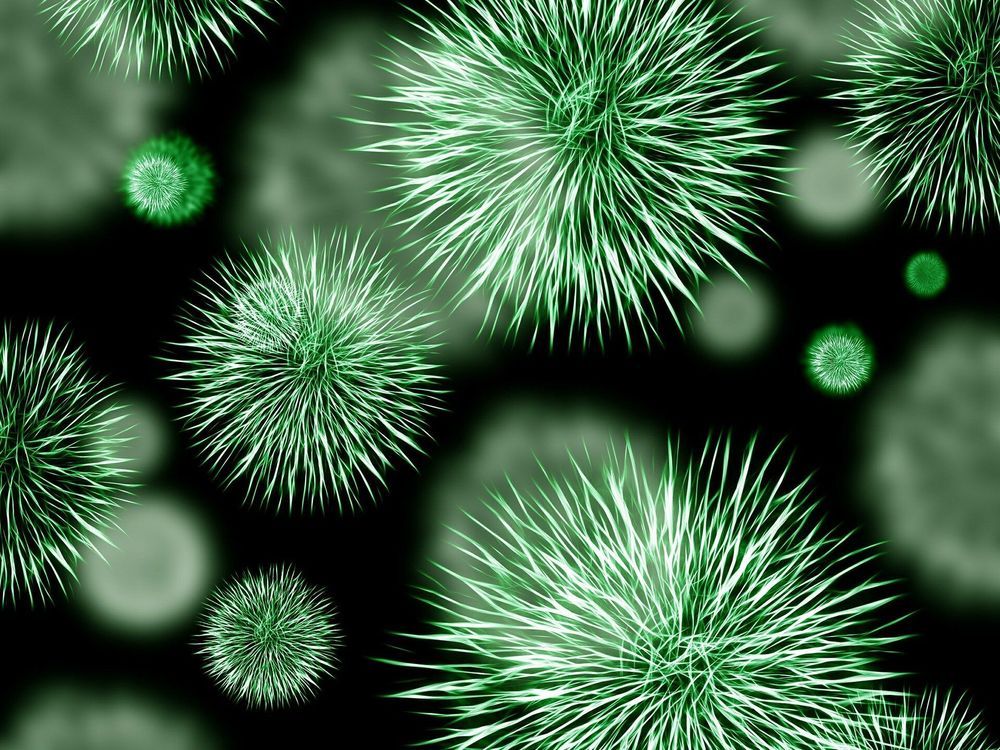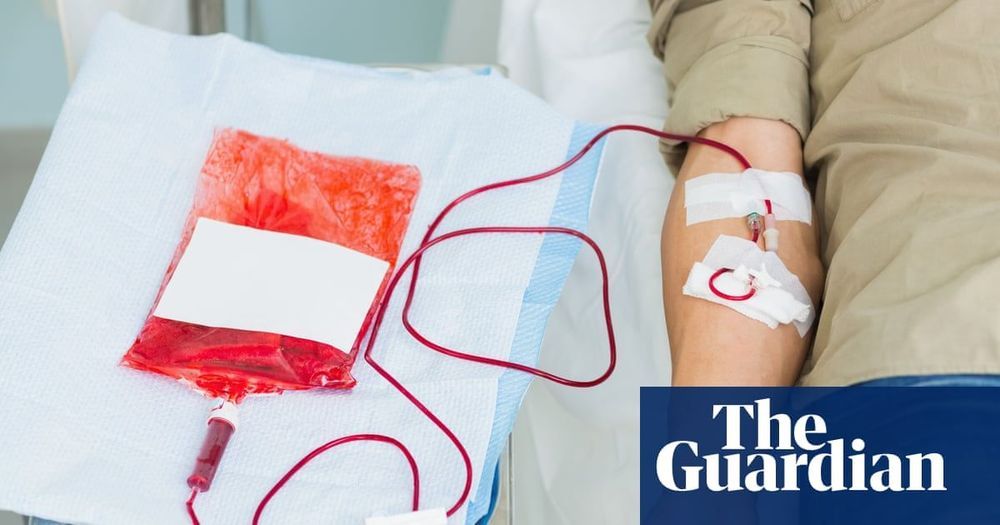Forget government-issued food pyramids. Let an algorithm tell you how to eat.
Credit Credit Erik Blad

Forget government-issued food pyramids. Let an algorithm tell you how to eat.
Credit Credit Erik Blad


Late last year, archaeologists in China found some very interesting items in an ancient tomb dating back as far as 202 BC, including a bronze vessel that somehow still held liquid. The liquid, which at the time was thought to be some type of wine, has since undergone closer examination that reveals its true purpose.
China’s Xinhua news agency is now reporting that the beverage was actually an “elixir of immortality” that matches descriptions from ancient documents. The substance has been tested and, if scientists are right about it, there’s probably little chance it would do anything to extend someone’s life, and may even usher death in even quicker.

The biggest source of variability in the microbiome is the person-to-person variability. It’s a problem if you’re looking for causality. That’s a red flag word for us – causality – meaning something about the bacterial community causes some disease. You actually don’t know whether it’s the bacteria or whether the bacteria are a sign of something that happened before. It’s very much individualized, so everybody’s history matters.
We are all teeming with bacteria that help us digest food or fight disease, but two people might play host to a very different array of bacteria due to diet, where they live, hobbies or even medical histories.
As a result, scientists have struggled to understand which bacteria are linked to disease and which protect against it. Studies comparing people’s bacterial companions – known as the microbiome – to explore what that variation means might disagree because they analyzed different groups or didn’t sample enough people.
Statistics Professor Susan Holmes thinks one way of teasing out which differences are relevant to disease and which are just differences between people could come down to statistics and repeating studies.

Infections with BMMF („Bovine Milk and Meat Factors ) in humans provide a clue, why the consumption of cow milk and meat correlates with colon and breast cancers.
E-mail address: [email protected]
Division episomal‐persistent DNA in cancer‐ and chronic diseases, deutsches krebsforschungszentrum, heidelberg, germany.
Correspondence to: Harald zur Hausen, Deutsches Krebsforschungszentrum, Heidelberg, Germany, E‐mail:
When was the last time you thought about your breathing? Take a breath right now and think about it. You breathe because you need oxygen, a gas which makes up 21 percent of the Earth’s atmosphere. All that oxygen has to come from somewhere. You might already know that it comes from photosynthetic organisms like plants. But did you know that most of the oxygen you breathe comes from organisms in the ocean?
That’s right—more than half of the oxygen you breathe comes from marine photosynthesizers, like phytoplankton and seaweed. Both use carbon dioxide, water and energy from the sun to make food for themselves, releasing oxygen in the process. In other words, they photosynthesize. And they do it in the ocean.

By tapping nutrients from bedrock, red alder trees play a key role in healthy forest ecosystems, according to a new study.
The study published today in the journal Proceedings of the National Academy of Sciences.
Researchers from Oregon State University and the U.S. Geological Survey determined red alder, through its symbiotic relationship with nitrogen-fixing bacteria, taps nutrients that are locked in bedrock, such as calcium and phosphorus. This process accelerates rock dissolution, releasing more mineral nutrients that allow plants and trees to grow.

In the fight against cancer, there is a surprising tool in the arsenal: the food we eat. That’s because some nutrients in food have been found to play a role in preventing cancer, and it’s relevant because the World Cancer Research Fund reports that 30 to 50 percent of cancer cases are preventable, putting a focus on stopping cancer from developing in the first place.
Xiang-Dong Wang, a senior scientist and associate director of the Jean Mayer USDA Human Research Center on Aging at Tufts, studies how food can help prevent cancer development, particularly lung, liver, and colon cancer.
Although the rate of most cancers is dropping, there is increasing concern about the rise in both incidence and death rate of liver cancer in the United States, partially due to the parallel rise in nonalcoholic fatty liver disease, obesity, and diabetes.

Besides that, everyone living much, much longer would cause many other problems. Where do the children of these centenarians live?
Until workable life-preserving technology is available, immortality enthusiasts are also obsessed with staying healthy – some fast on certain days, others watch calories, most exercise – so they are around long enough to benefit from emerging anti-aging science.
In 2019, the quest for everlasting life is, largely, though not always, more scientific. Funded by Silicon Valley elites, researchers believe they are closer than ever to tweaking the human body so that we can finally live forever (or quite a bit longer), even as some worry about pseudoscience in the sector.
Scientists and entrepreneurs are working on a range of techniques, from attempting to stop cells aging, to the practice of injecting young blood into old people – a process denounced as quackery by the Federal Drug Administration this week.

RD: Is that because the focus right now is so much on getting there? EM: Yeah yeah, you need to get there. That’s a big deal. I think Starship will also be good for creating a base on the moon. We’ll probably have a base on the moon before going to Mars.
The SpaceX CEO on food, fuel, and the risk of vaporization.